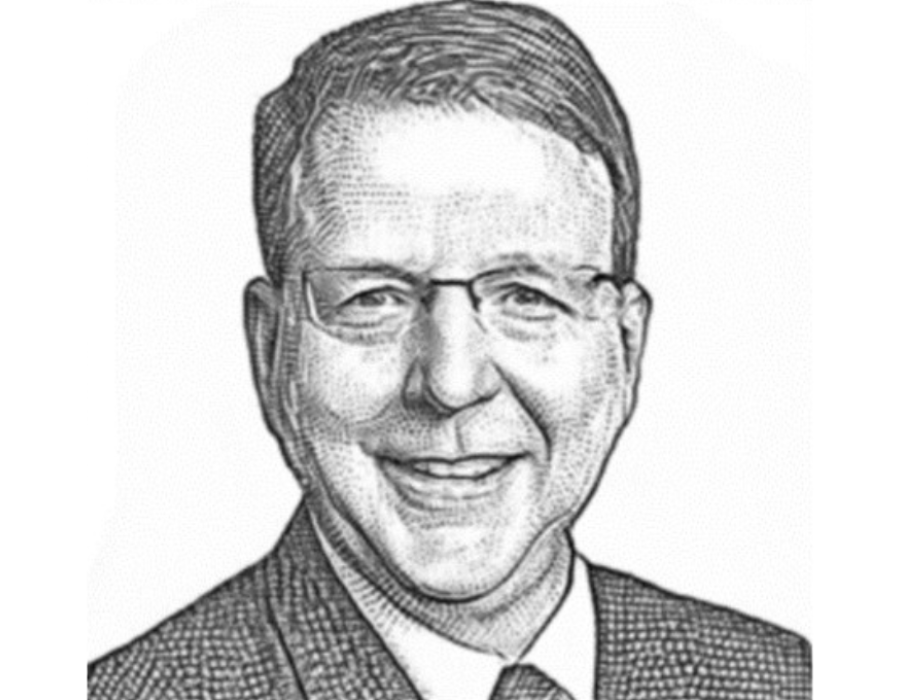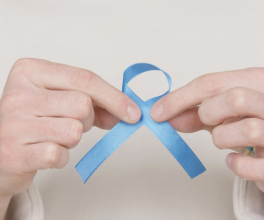
I’m a Surgeon Who Works in MedTech. I Would Never Rule Out the Power of Lifestyle Changes for Treating Disease
By John B. Pracyk, MD, PhD
As a MedTech company Olympus keeps a close eye on studies that track disease, especially liver disease detection and treatment modalities. In case you’re not already aware, liver disease is on the rise, even in children,1 in part because of unhealthy diets, with newer studies pointing to environmental toxins that may be in our food, in food packaging, in the environmental sources, or in some combination of all of these.
So, what does a former neurological surgeon like me have to do with liver disease? In medicine and surgery, I can attest, each health detail is indeed inter-connected to many others. Olympus hired me, among other physicians, nurses, and scientists, because it is committed to building a team of clinicians who can strongly advocate for patient interests in conversations with other health care providers, allied health professionals, hospital executives, professional societies, and many other stakeholders of the health ecosystem.
It didn’t matter to Olympus that my expertise focused on the nervous system rather than gastroenterology (nor urology or pulmonary, where the company is also strong): I will always have a perspective that I can access when it comes to the doctor and patient relationship, a perspective that we hope will elevate topics such as equitability in health care access, affordability, and improved functional clinical outcomes.
Lifestyle Changes and the Motivators We Can Mention
When I think about something like liver health (especially the kind in children that can mean lifelong problems), I remember some of my own patients who were likely to have complications with their surgery unless they did something about their comorbidities (heart disease, diabetes, obesity, tobacco use, opioid dependency and depression). Yes, it’s more difficult to perform surgery on patients with multiple comorbidities, and yet I was met with surprise when I approached my hospital with some ideas not about carrying out the surgery, but about wholistic lifestyle modifications. To their credit, because this was an at-risk population, the administrators became convinced to do the following:
- Expand the in-person smoking cessation classes with a telephonic program and have “nurse coaches” drive patient and spousal engagement, so both could quit together.
- Establish a monthly healthy eating education and cooking class, making sure the patients’ families were invited. The result? Family health improved as even the kids started eating better.
- Forge a deal for a discount at the local gym to be sure my patients were getting the movement they needed, catalyzed by adding hospital exercise physiologists to help them become better surgical candidates in a shorter amount of time.
- Schedule my team to respond with added check-ins and counseling to be sure the patients were remaining engaged with healthy lifestyle programs.
This experience taught me anecdotally what I’d seen in medical journals:2-5 That patients absolutely do have the ability to drive personal change, despite how often we hear about how challenging it may be to adopt a healthy lifestyle. Some made significant accomplishments with body mass index improvements from 44 to 36. In many cases, the efforts impacted entire families with even two generations making successful improvements.
The experience also taught me that how we engage patients about making lifestyle changes is important. At the hospital where I was able to help usher in these behavior-change initiatives, I had a motivated group of patients because they were often in pain and discomfort due to their nerve compression. After all, this was the fundamental reason they were seeking care. In addition, they overwhelmingly responded to our organized approach that was tailored to meet them where they were health-wise, regardless of the starting point.
By having honest conversations about the surgical benefits of reduced comorbidities, engagement and patient cooperation soon quickly followed. They even formed peer groups to create a sense of community around successfully achieving their goals. This “prehabilitation” phase yielded early dividends as recovery was quicker, with shorter lengths of hospital stay coupled with greater functional outcomes. The spirit of comradery also spawned a surprising yet heartwarming element of competition where they physically tried to outdo each other, even before being discharged! Some went on to even further personal bests, and even new careers leveraging their healthy minds and bodies.
Likewise, changes that need to be made regarding liver disease also involve more than a personal commitment to change. They may mean systemic or environmental change. The motivation may not be as strong as with my symptomatic patients, but the forces at play are just as complex and interdependent.
Powerful Prevention
These are difficult problems, but everyone in the larger medical system can influence patients to make healthier lifestyle choices that can help prevent or slow the progression of liver disease. We know we cannot reach everyone, or that some risks of disease are yet unknown, and that new sources of disease will emerge. Beyond prevention, we must also look to procedural interventions that allow us to diagnose and treat liver disease. Ideally, intervention will occur early enough to impact the disease process and save lives. If we start with awareness about prevention, then there is greater hope of catching disease at an early stage when treatment can be more successful.
But we must agree: the best outcome is that the patient never develops liver disease in the first place. Along those lines, and understanding the interconnectedness of all elements in healthcare, from home to hospital, we urge the following:
- Obstetricians and pediatricians: Talk to parents about healthy diets and reduced exposure to PFAS and other toxins, so that their kids might be at lower risk of liver disease. Healthcare providers should consider patient demographics, region of residence, and their socioeconomics that may put them at higher risk, and talk to them about those risks they may want to avoid if they can.
- Families: Read and learn about healthy food and lifestyle choices for your families, as well as ways to advocate for a safer and cleaner world with fewer invisible risks to your children’s health.
- Medical industry colleagues: Talk about prevention amongst yourselves, about rising rates of disease, about what can be done to head it off at the pass – bring prevention into every meeting of minds in the medical industry.
- Everyone above: Become more educated about the risks and assume more information will surface all the time.

John B. Pracyk, MD, PhD, MBA
Diplomate, American Board of Neurological Surgery | Dipl. ABNS
Fellow, American Association of Neurological Surgeons | FAANS
Fellow, American College of Surgeons | FACS
Chief Medical Safety Officer
Senior Vice President, Medical & Scientific Affairs
Olympus Corporation
None of this is to be construed as direct medical advice, rather it is meant in the spirit of stimulating discussion, as we watch a disease gain in power and we are charged with putting our best minds together to fight it. As we watch the rates of this disease grow, I hope healthcare professionals will be at the forefront of understanding how to prevent it.
1. Sahota AK, Shapiro WL, Newton KP, et. al. Incidence of Nonalcoholic Fatty Liver Disease in Children: 2009-2018. Pediatrics. 2020 Dec;146(6):e20200771.
2. Innab A, Kerari A. Impact of Behavioral Interventions on Patient Activation in Adults with Hypertension: A Systematic Review and Meta-Analysis. Inquiry. 2022;59:469580221090408.
3. Regeer H, van Empelen P, Bilo HJG, et al. Change is possible: How increased patient activation is associated with favorable changes in well-being, self-management and health outcomes among people with type 2 diabetes mellitus: A prospective longitudinal study. Patient Educ Couns. 2022;105(4):821-827.
4. Lin MY, Weng WS, Apriliyasari RW, et al. Effects of Patient Activation Intervention on Chronic Diseases: A Meta-Analysis. J Nurs Res. 2020;28(5):e116.
5. Sheeran P, Suls J, Bryan A, et al. Activation Versus Change as a Principle Underlying Intervention Strategies to Promote Health Behaviors. Ann Behav Med. 2023;57(3):205-215.
John Pracyk is an employee of Olympus America, Inc. The statements contained herein are his experiences, thoughts, and opinions.





